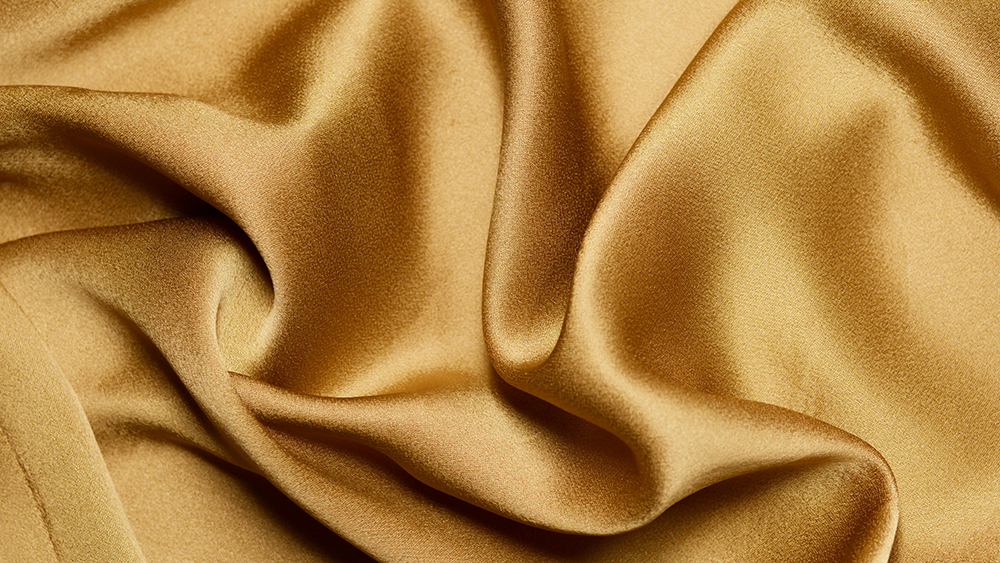Understanding the Different Types of Silk Fabrics5 February 2024 | Admin
Silk Fabric Types: Characteristics and CareOur most recent article explores various types of silk fabrics, highlighting their unique characteristics and uses. Mulberry silk stands out for its softness and durability. In contrast, charmeuse silk is noted for its glossy finish and smooth texture, ideal for luxurious garments. Chiffon silk is lightweight and perfect for bridal wear, taffeta silk offers a crisp texture suited for formal dresses, and dupioni silk is known for its lustrous sheen and suitability for home decor. The article also underscores the importance of proper silk care, including hand washing and ironing at low temperatures, to maintain the fabric's beauty and longevity. Silk, often called the queen of textiles, is a luxurious and timeless material known for its smooth texture, lustrous sheen, and exceptional drape. A symbol of elegance and sophistication, silk fabric has been cherished for thousands of years across different cultures and continents. This article delves deep into the different types of silk fabrics, providing a comprehensive guide to understanding their unique characteristics and applications. What is Silk?Before we explore the various types of silk, it's essential to understand what silk is and how it's produced. Silk is a natural protein fibre obtained from the cocoons of silkworms, predominantly the species Bombyx mori. The silk production process, known as sericulture, involves the cultivation of silkworms and the extraction of silk threads from their cocoons. Types of Silk FabricsSilk fabrics come in various types, each with its own properties, textures, and uses. Below, we explore the most popular and widely used silk fabrics in the fashion and textile industry. Mulberry SilkCharacteristics: Mulberry silk is the most common and widely used silk around the world. It's known for its incredible softness, durability, and lustrous shine. This type of silk is produced by silkworms fed exclusively on mulberry leaves, contributing to the fabric's high quality and smooth texture. Charmeuse SilkCharacteristics: Charmeuse silk, also known as silk satin, is distinguished by its glossy front and matte back. It's lightweight, drapes beautifully, and has a silky, smooth feel against the skin. Chiffon SilkCharacteristics: Chiffon silk is a lightweight, sheer fabric with a slightly rough feel and an elegant sheer appearance. It has a floaty drape and is slightly elastic. Taffeta SilkCharacteristics: Taffeta silk is known for its crisp, smooth texture and slight sheen. It holds its shape well and produces a rustling sound when moved. Dupioni SilkCharacteristics: Dupioni silk is slightly textured with a lustrous sheen. It's known for its irregular slubs and crisp drape. Crepe de ChineCharacteristics: Crepe de Chine is a lightweight silk fabric with a slightly crinkled texture and a gentle, graceful drape. Caring for Silk FabricsSilk is a delicate material that requires proper care to maintain its beauty and longevity. Here are some general tips for caring for silk garments: - Always check the care label before washing. Silk fabrics offer unparalleled luxury, elegance, and versatility. From the lustrous sheen of charmeuse to the textured richness of dupioni, each type of silk has unique attributes and uses. Whether you're choosing silk for fashion or home decor, understanding the different types of silk and their properties will help you make informed decisions and care for your silk items properly, ensuring they remain beautiful for years. |
|



